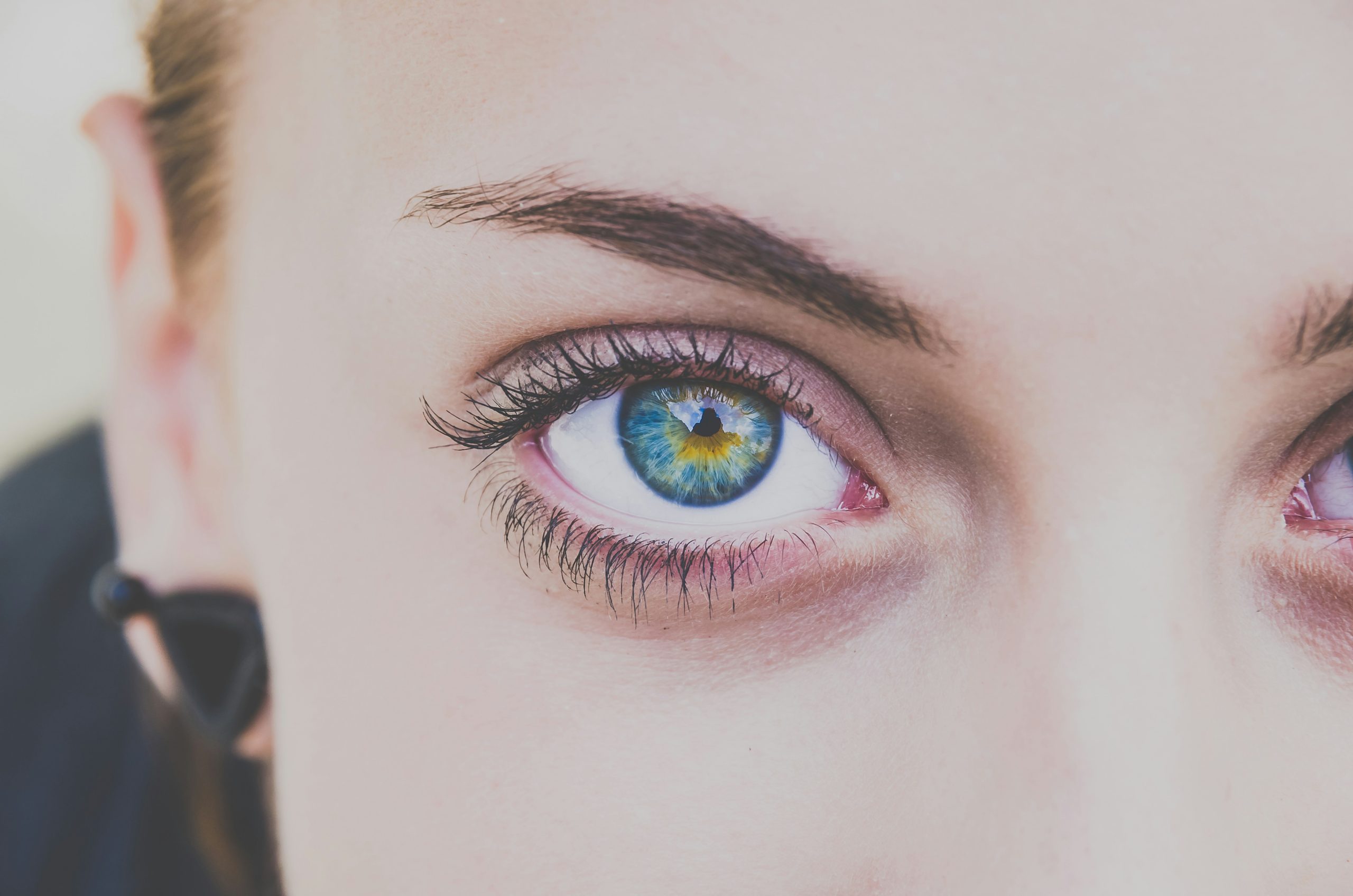With the rise in the prevalence of fake digital content, the integrity of information is at risk. Today, claiming that everything you see online is authentic is wrong. The recent breakthrough in generative AI has transformed the way people create visuals.
Among many other wonders of AI, Deepfake technology has emerged as one of the most innovative yet dangerous developments. Cyber fraudsters rely heavily on this technology to create real-looking pictures to use in fraudulent activities like spreading false news and conducting financial scams.
That’s why it has become more important than ever to be able to combat frauds conducted through Deepfake technology. Some effective detective practices can save you from falling into the nests of online scammers. You must learn them to safeguard you from any unwanted issues.
For your convenience, we have crafted this article to walk you through some helpful methods to fight visual fraud. However, before we delve into this debate, let’s first understand what Deepfake technology is. So, ready to dive in? Let’s get started.
Deepfake Technology – A Comprehensive Overview
Deepfakes combines the terms “deep learning” and “fake.” It refers to unoriginal visuals created using deep neural networks. To put it simply, Deepfake technology exploits the power of advanced machine-learning algorithms to generate fake pictures.
You can estimate its danger by its ability to stitch persons into a situation they never experienced. This technology is so efficient at creating realistic pictures of people in fictional environments that it becomes really hard for a person to detect them.
A deepfake is usually created using two types of generative adversarial networks (GNNs): generator and discriminator. The generator creates the fake images, and the discriminator checks their authenticity. With continuous iterations, the generator succeeds in generating the picture that the discriminator fails to flag as fake.
As a result, a unique visual highly resembling reality gets generated and becomes ready to use for different purposes. While Deepfake technology has good applications in the education and entertainment industry, it also comes with some threats. It paves the path for cybercriminals to create phony visuals of credible persons in compromising situations that they later use for fraudulent activities.
Ways To Combat Picture-related Fraud
If online fraudsters can get smarter and rely on advanced technologies, why not you? You only need to learn some smart techniques to spot fraud attempts conducted through deepfakes. Here are some expert tips that can help you recognize fake pictures easily.
- Evaluate Doubtful Pictures Critically
Whenever you see any picture that compels you to think about its authenticity, make sure you critically examine it for satisfaction. Zoom in on the picture on your device and look for inaccuracies that Deepfake technology can usually make during content generation.
Critically examine the different details like skin, colors, shadows, reflections, etc. Deepfakes often contain unnatural skin texture, unusual lightning, missing shadows, and strange reflections. So, if you find sufficient indications, it is more likely that the picture is AI-generated.
Moreover, you can analyze the hands, teeth, face, and other body parts of the person featured in the picture. In this regard, remember that excessive blurriness and sharpness at edges are clear signs of involvement of Deepfake technology.
- Do Comparative Analysis For Suspicious Images
Performing a comparative analysis of dubious pictures is another way to recognize Deepfakes. It allows you to see where else the intended image appears on the internet and what context it is in. However, checking the presence of an image across the web might be overwhelming.
Well, you can capitalize on an efficient image search tool to locate a suspicious picture on multiple web platforms. All you need to do is upload the picture to this tool and let it find visually similar images along with their sources. Then, you can review the results and navigate to different sources.
These results can help you determine whether the picture was originally generated or fake. You can also check in what context it was uploaded on different platforms. Reviewing information from different sources will give you enough clues about its authenticity.
- Check The Credibility Of the Image’s Source
When it comes to conducting online fraud, scammers mostly use two sources: a social media account with a fake identity and a website particularly made for fraudulent activities. They usually try to convince people to click on the picture so that they can conduct a phishing scam.
So, whenever you encounter any post or message requiring you to click on the photo, check who posted it or sent it to you. If it is a social media account, check its previous post history and figure out what type of visuals it has and if is there any inconsistency in posts.
Also, you can check the comments on posts to know what type of images are shared on this profile. Similarly, if it is a website, check if it is protected by an SSL certificate and whether the About Us information seems authentic. A thorough inspection will help you know the legitimacy of the source and avoid falling victim to scams.
To Sum Up
After going through this article, we hope that you are now familiar with Deepfake technology and its threats in scamming. Also, we expect that you have familiarized yourself with proactive practices to avoid deepfake scams. So, whenever you feel you should apply these practices, never hesitate to implement them.


















